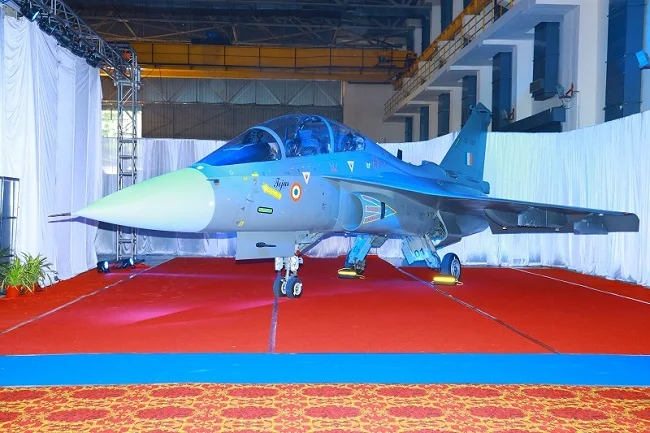SOURCE: RAUNAK KUNDE / NEWS BEAT / IDRW.ORG

The Indian Air Force (IAF) has recently inducted the Twin-Seat variant of the Tejas Trainer aircraft, marking a significant development in pilot training and combat usage. However, this Twin-Seat variant will be the last of its kind, as the IAF is planning a transition to advanced single-seat fighter jets like the 4.5+Gen LCA-AF Mk2 and the 5th Gen Advanced Medium Combat Aircraft (AMCA) that do not have Twin-Seat variants.
The decision not to go for Twin-Seat variants is based on several factors, including the integration of advanced automation systems and sophisticated cockpit interfaces in modern fighter aircraft. These technologies significantly reduce pilot workload, enabling them to handle multiple tasks efficiently without the need for a second pilot.
One key aspect of this transition is the development of real-world training simulators that are to be developed by the Aeronautical Development Agency (ADA). These simulators will provide comprehensive training for pilots at the squadron level, eliminating the need for two-seat fighter jets for conversion training. The move towards simulator-based training not only saves resources but also ensures that pilots are well-prepared for flying single-seat fighter aircraft.
Maintaining and operating two-seater fighter jets requires additional resources, including training, maintenance, and logistics. By shifting to single-seat aircraft, the IAF can streamline its operations and optimize resources more effectively.
Moreover, ADA is working on an “electronic pilot” feature for the AMCA, which will allow the aircraft to operate without a second pilot during deep-strike missions, even in scenarios without ground support. This innovative capability enhances the AMCA’s versatility and mission effectiveness.
AMCA will also see the implementation of advanced visual systems that provide pilots with a 360-degree view of their surroundings without the need for manual manoeuvring. This technology enhances situational awareness and contributes to mission success.
As the IAF looks ahead to the future of its fighter fleet, the transition to single-seat aircraft represents a strategic move towards modernization and efficiency. While the Twin-Seat Tejas Trainer has its role in pilot training and combat readiness, the upcoming generation of fighter aircraft will leverage advanced technologies to ensure that a single pilot can handle the complexities of modern air combat effectively.
NOTE : Article cannot be reproduced without written permission of idrw.org in any form even for YouTube Videos to avoid Copy right strikes. Websites doing illegal reproductions will get DCMA and Legal Notices.